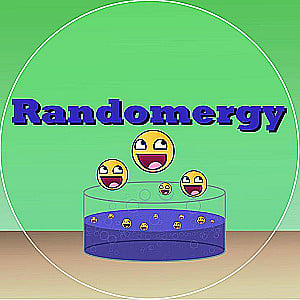How to prepare agar solution for Petri dishes narration (sample)
Description
Vocal Characteristics
Language
EnglishVoice Age
Young Adult (18-35)Accents
North American (General) North American (US General American - GenAM) North American (US Mid-Atlantic)Transcript
Note: Transcripts are generated using speech recognition software and may contain errors.
grab the mortar and pestle along with the activated carbon, transfer some carbon into the mortar. The exact amount isn't crucial. This needs to be pulverized into a fine powder as possible so we crush and crush and crush what you thought you were done grinding. That's cute. Start adding the carbon to our agar solution and stir until a very black mixture is obtained more on the use of carbon. Shortly wash down the sides of the flask and then place on the burner. Turn on the heating for both of our setups and then get our timers ready, realize you forgot to take a ph reading and turn the heat back off. Then you have to dunk a strip of indicator paper into the agar. You can see the boiling flasks. Ph looks to be a little acidic. We'll adjust this shortly, grab another strip of ph paper and use that to measure the anger and the Urban Meyer flask. The ph actually looks to be around seven and this will work add a few drops of the sodium hydroxide solution to raise the ph and recheck the levels with our paper. I actually overshoot and made the car too basic. So a small dose of hydrochloric acid is required now that everything seems to be chugging along nicely. Let's talk more in depth of why I chose to use these specific materials and apparatus Firstly. Why two separate simultaneous batches. Well, I thought it would be a good visual to demonstrate how different a procedure can be when comparing lab materials, the lab hotplate stirrer combo was much more efficient and easier to control in the walmart source burner. Unfortunately, it is also over 10 times the cost. I believe my lab hotplate was around $130 us. So it is an entry level piece of equipment but you can see just how convenient and useful it really is. Another question you probably have is why did I add carbon to the one on the right? To be honest. This is mostly for aesthetics. I like the looks of mushroom mycelium as well as bacteria and yeast colonies on black agar, but it does potentially have some practical purposes. For one, we don't have hands free stirring for this batch. The larger chunks of carbon that are added will sink to the bottom and act kind of like boiling chips basically given the solution more surface area to form bubbles and have a more controlled boil. The carbon might in theory also absorb any toxins present in agar solution. I've also noticed adding carbon seems to help control the ph to a point
